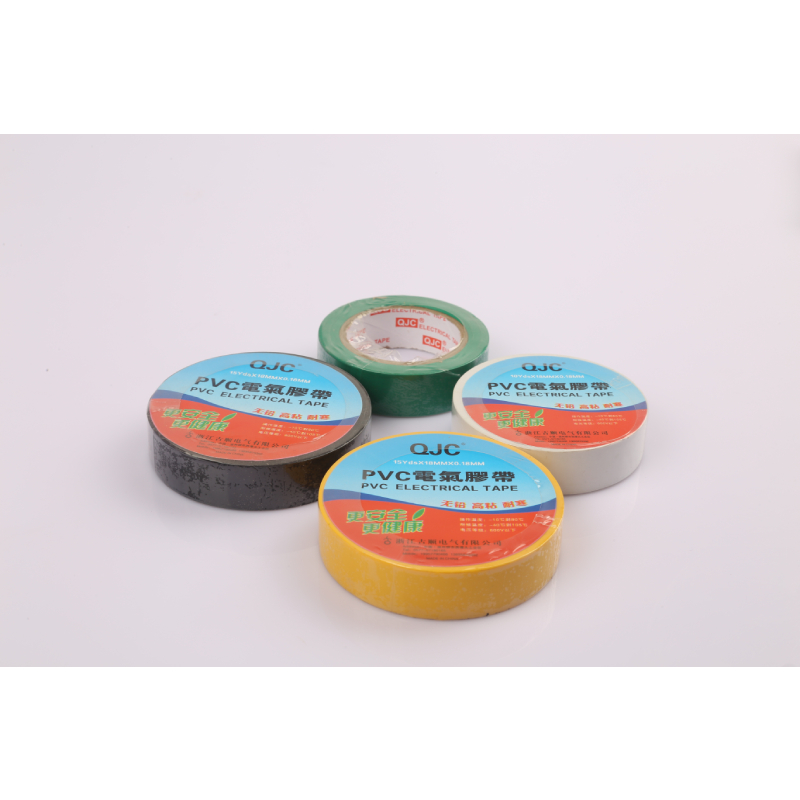Understanding Heat Resistant Sealant Tape An Essential Tool for High-Temperature Applications
Heat resistant sealant tape has emerged as an indispensable tool in various industries where high temperatures are a common challenge. Unlike regular tapes, heat resistant sealant tapes are specifically designed to withstand elevated temperatures without losing their integrity. This feature makes them invaluable in applications ranging from automotive and aerospace to HVAC and home improvement projects.
Composition and Characteristics
The composition of heat resistant sealant tape is a critical factor in its performance. Typically, these tapes are made from high-grade materials such as silicone, PTFE (Polytetrafluoroethylene), or fiberglass. These materials endow the tape with not only heat resistance but also chemical resistance, making it suitable for environments where exposure to oils or solvents is likely.
Heat resistant sealant tapes boast varying temperature tolerances, with some capable of withstanding temperatures up to 500°F (260°C) or even higher. It's essential for users to check the specific temperature ratings and choose the right tape for their particular application, ensuring optimal performance without failure.
Applications
The applications of heat resistant sealant tape are wide-ranging. In the automotive sector, these tapes can be used to seal gaps in exhaust systems, ensuring that harmful gases are contained and not released into the environment. Their ability to withstand high temperatures is crucial in these situations, as failure could lead to safety hazards and significant financial losses.
heat resistant sealant tape

In the aerospace industry, heat resistant sealant tape is vital for various components, including insulation of wiring and sealing aircraft parts exposed to high levels of heat and pressure during flight
. The durability of these tapes ensures that critical systems remain intact under extreme conditions.Moreover, HVAC systems greatly benefit from heat resistant sealant tape. It is commonly used to seal ductwork, which often experiences temperature fluctuations. This sealant helps to improve energy efficiency by preventing air leaks and thus reducing energy consumption.
Advantages Over Traditional Sealants
One of the main advantages of heat resistant sealant tape over traditional sealants, like liquid adhesives or caulks, is its ease of application. Tapes can be cut to size and applied directly to the desired area without the mess associated with liquid sealants. This ease of use not only saves time but also minimizes the risk of application errors.
Furthermore, heat resistant sealant tapes are less prone to degradation over time. Traditional sealants may dry out, crack, or peel when exposed to high temperatures repeatedly, leading to potential failures. In contrast, heat resistant sealant tapes maintain their properties, ensuring long-lasting performance.
Conclusion
In conclusion, heat resistant sealant tape is a vital tool that serves multiple industries, providing reliable solutions for high-temperature challenges. Understanding their composition, temperature tolerance, and suitable applications can significantly enhance operational efficiency and safety. As technology advances, we can expect further innovations in the materials and applications of heat resistant sealant tape, making it an essential component in any toolkit designed for high-performance environments. Whether you are in automotive, aerospace, HVAC, or any industry requiring heat resistance, investing in quality heat resistant sealant tape is a smart decision that pays off in durability and reliability.
-
Versatility with Tape Electrical InsulationNewsJun.09,2025
-
Floor Marking Tapes For WareHouseNewsJun.09,2025
-
Enhance Your Projects with PVC Electrical TapesNewsJun.09,2025
-
Enhance Your Projects with Automotive Wiring Harness TapeNewsJun.09,2025
-
Enhance Your Automotive Fabric TapesNewsJun.09,2025
-
Enhance Electrical Projects with Cambric TapeNewsJun.09,2025
